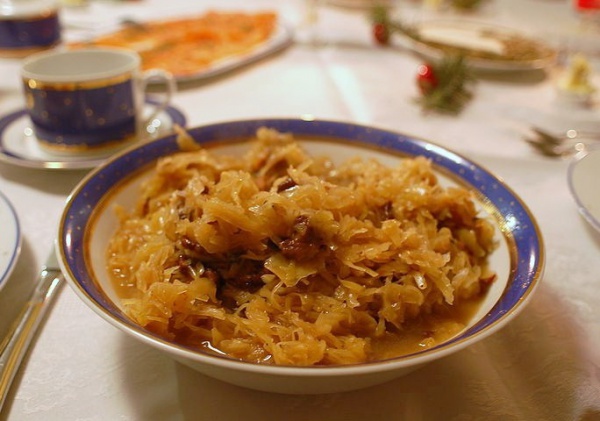Facts About Bigos
Bigos, also known as hunter's stew, is a cherished traditional Polish dish made from a robust mix of various meats, sauerkraut, and shredded cabbage. While its roots are deeply embedded in Poland, bigos also enjoys popularity in Belarusian, Ukrainian, and Lithuanian cuisines due to historical connections between these regions. The origin of the word "bigos" remains somewhat mysterious, with theories suggesting it could be derived from German, Italian, or Old German terms.
To make bigos, a variety of meats such as pork, beef, poultry, and game are used, complemented by sauerkraut and fresh cabbage. Onions, mushrooms, and a medley of spices are often added to further enhance the dish's flavor. Traditionally, bigos is slow-cooked over an open fire or on a stove, and it tastes even better after being refrigerated and reheated multiple times, allowing the flavors to deepen and meld together.
There are countless variations of bigos, as different regions and cooks like to add their unique touches to the recipe. It is commonly served with rye bread or boiled potatoes and is a popular choice for outdoor gatherings or as a travel provision. In Poland, bigos is also closely associated with major Catholic holidays and pairs wonderfully with vodka or other beverages.
Historically, bigos might trace its origins back to a medieval dish called "compositum." Over time, the dish evolved, with versions like "rascal's bigos" gaining popularity for being budget-friendly. Bigos has been celebrated in Polish culture and literature, most notably mentioned in the national epic poem *Pan Tadeusz*.

 Ukraine
Ukraine